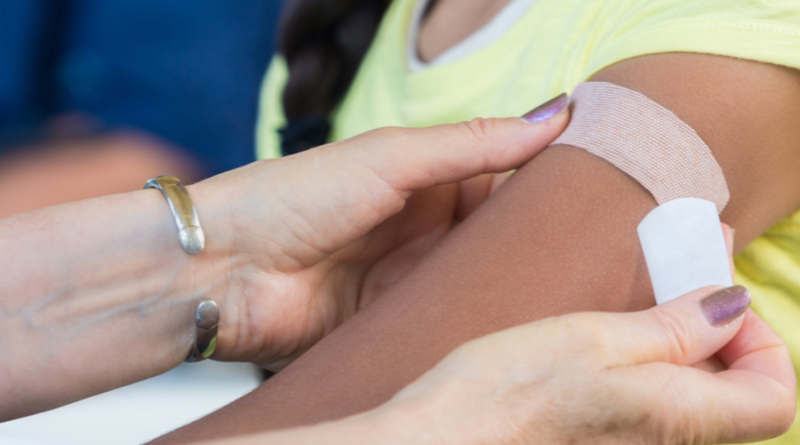Vaccination In 2017: Inefficiency Worth The Risk For Individuals Nationwide During Flu Season

By Nick Landgren
Copy Support
Experts are becoming increasingly concerned about the flu virus currently sweeping across the nation, fearing inadequate protection against the disease among the public.
Last year, the flu vaccine was estimated to be only 42 percent effective by the U.S. Center for Disease Control and Prevention. The limited success rate was due to a mutation that occurred in the influenza A (H3N2) vaccine strain, resulting from an egg-based manufacturing process that is commonly used to create vaccines.
In an article from CNN, Scott Hensley, an associate professor at the University of Pennsylvania and author of a new study on influenza and vaccination, admitted, “this could end up being a pretty bad flu season.” Despite the inefficiency, he continued, “our best protection against severe illness is getting vaccinated with the flu shot we have today.”
Before the flu season starts each year, a vaccine is made based on which virus strains are projected to circulate. The identified strains are sent to vaccine manufacturers who produce vaccines that are then sent to healthcare offices around the country.
It is difficult to predict which strains of the virus will dominate before the season hits, however. In the 2015-16 season, vaccine effectiveness was 47 percent. Meanwhile, the 2014-15 season’s vaccine only garnered 19 percent effectiveness, according to the CDC.
Flu vaccines are commonly propagated in chicken eggs, allowing manufacturers to create large quantities of the vaccine with little cost and effort. People with egg allergies are usually given vaccines that are produced in insects or mammalian cells.
When researching why the latest vaccines have had such a low rate of success, these two methods were tested side-by-side in both humans and animals. It was found that humans and animals given the cell-based vaccine instead of the chicken egg vaccine produced a superior antibody response that could bind and neutralize the H3N2 strain currently in circulation.
The reason why the vaccine has not been effective in recent years is because of these mutations; the vaccine strains have adapted on their own and no longer can serve their original purpose.
In order to create a more effective vaccine through cell-based propagation, the entire manufacturing industry would have to change its practices, which they have had apprehension to in the past. As a result, the seed strains that are being used for this year’s vaccines are still egg-based.
Not only is this year’s vaccine compromised by egg adaptation, but it could also be a mismatch due to unexpected viral evolution. “This year may be especially difficult because, in addition to this egg adaptive mutation, there’s indication that the H3N2 viruses are actually evolving,” said Hensley.
Although the CDC and general physicians may recommend that everyone over six months of age receive their flu shots, many people have continued to rely on themselves to get through flu season.
“I don’t normally get the flu vaccine,” said Courtney Robinson, junior. “I almost never get the virus, but if I did, I’m sure I could fight it off.”
Everyone who has experienced the flu knows that it is no picnic, but it is still critical for individuals who have compromised immune systems to receive vaccination and be as careful as possible. The flu vaccine’s effectiveness this year is projected to be moderate to low. While it never works 100 percent of the time, a high protection rate may never be seen if research fails to adjust to virus adaptation.




